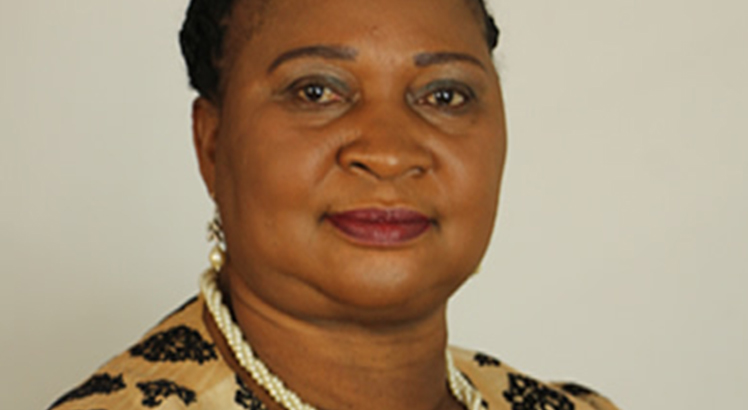Malawi inflation rate slightly drops to 35.8%
Malawi’s year-on-year headline inflation rate for April 2013 slightly dropped 0.6 percentage points to 35.8 percent from 36.4 percent the month before, the National Statistical Office (NSO) has said.
This is the second month in a row for inflation, a monster that reduces peoples’ purchasing power, to drop largely because of the availability of food, particularly cereals, which accounts for about 50.2 percent in the Consumer Price Index (CPI)—a measure that examines the weighted average prices of consumer goods and services.
In April 2012, Malawi’s year-on-year inflation rate stood at 12.4 percent, up from 11.4 percent in the previous month.
Malawi is this year expected to realise a maize surplus of about 740 000 metric tonnes.
What is worrying, however, is that core inflation—a measure of inflation that excludes certain items that face volatile prices movement such as energy and food—ticked up by 0.7 percentage points to 38.6 percent on the month before “owing mainly to upward price adjustments of alcoholic drinks and tobacco”.
This then means that despite food contributing to the ease in inflation, core inflation will prove to be another setback to the overall goal of the Reserve Bank of Malawi (RBM) to further reduce the inflation rate.
The NSO Stats Flash indicates that urban and rural rates stand at 42 percent and 31.2 percent respectively.
But Consumers Association of Malawi (Cama) executive director John Kapito said on Monday the drop in inflation rate has no meaning when prices of goods and services continue to go up almost every day.
Earlier this month, RBM Governor Charles Chuka said he expected the inflation rate to keep on trending downwards backed by increased availability of maize and the appreciation of the kwacha.
In January this year, NSO rebased the consumer price indices to 2012 using updated household expenditure patterns derived from the 2010/11 Integrated Household Survey (IHS3) which has seen changes in the contribution of different components and introduction of other minor components.
The RBM is this year targeting an annual average inflation rate of 20 percent.
President Joyce Banda, in her second State of the Nation Address delivered to Parliament last Friday, said government has projected annual average inflation rate of 7.4 percent in 2014.





